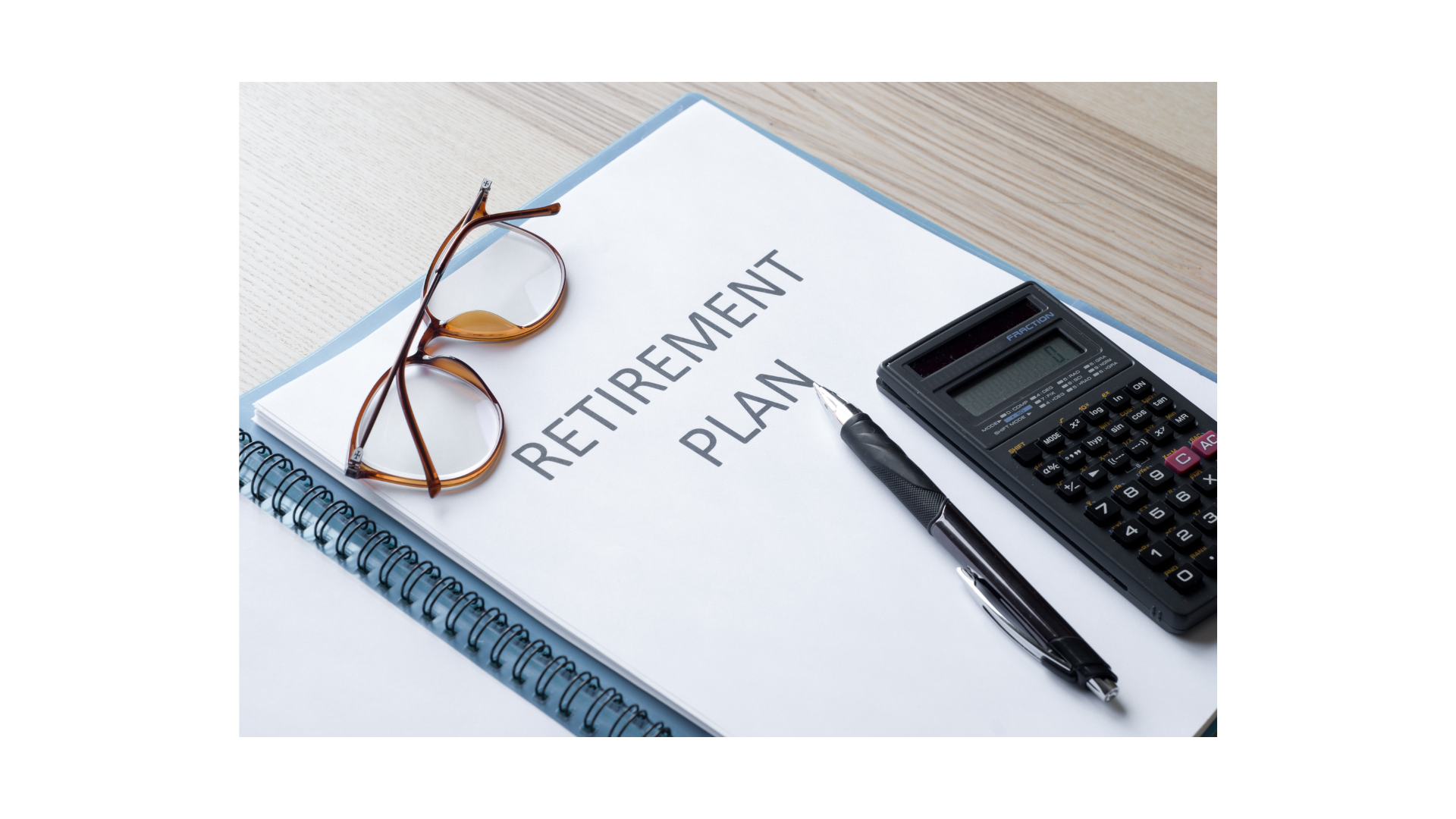Indefinitely Working from Home?
Use this opportunity to save money.
Your savings might not stem from tax breaks, but rather from other financial benefits. You won’t be spending money on commuting, restaurant lunches, after-work happy hours, etc. Now is a great time to update your budget and financial plans accordingly.
You might be surprised at how much you’ll save. USA Today reports that remote workers can save about $4,000 a year by working from home.1 Other sources put the annual savings as high as $7,000.2 No offense to Starbucks, but just cutting out daily $6 lattes can make a big difference. You can also save money by not spending on a professional wardrobe, fancy lunches, and drinks after work. Think of the money you’ll save on gasoline (and/or public transportation). You can measurably improve your finances if you apply the $4,000 to $7,000 savings to high-priority items.
Cutting back on child care costs can make a big difference. Although it might not be possible for you to work with children at home, with a little flexibility and creativity you may be able to cut down the time they need to spend in daycare. Consider taking the money that would have been spent on child care and funnel it into your Individual Retirement Account (IRA), or you could increase your 401k contributions to the maximum allowed, which is $19,500 in 2021, thereby ensuring you receive every cent of employer matching funds.
Attack short-term needs first. Consider your immediate priorities. The first should be to establish an emergency fund with at least six months of expenses set aside. You may never use it, but you’ll thank yourself every day for the peace of mind it brings. Another consideration is insurance, both life and health. Setting up your life insurance plans involves a clear-eyed look at how much your family would need if you were no longer able to provide income. Also consider health savings plans and perhaps a better-quality health insurance policy.
You can really improve your investment plans. Saving for retirement is important at any age, and the sooner you start, the more beneficial it becomes. Lest you think it selfish to sock away retirement contributions rather than spending the savings on your kids, remember that you don’t want them to have to support you in your later years. However, your kids will directly benefit by your contributions to a 529 education plan. Perhaps some family life events, like a bigger home, confirmations or bar mitzvahs, weddings, etc., will require long-term savings as well.
Don’t fritter away a golden opportunity. Establishing a budget if you don’t already have one and tracking your spending closely will let you quantify how much you’re saving by working from home. Then it’s a question of clarifying and funding your priorities. Please contact use to discuss your financial plans and how to help you make the most of your current situation.
This material is for general information only and is not intended to provide specific advice or recommendations for any individual. There is no assurance that the views or strategies discussed are suitable for all investors or will yield positive outcomes. Investing involves risks including possible loss of principal.
This material was prepared by LPL Financial, LLC.
Citations:
1 usatoday.com/story/money/2020/03/22/working-home-likely-save-you-money/5024967002/ [3/22/20]
2 doughroller.net/personal-finance/how-much-money-can-you-save-working-from-home/ [12/5/19]


Iowa
4200 University Avenue, Suite 200
West Des Moines, IA 50266
800-677-1529
Securities offered through LPL Financial, Member FINRA/SIPC. Investment advisory services offered through Global Retirement Partners, LLC dba AssuredPartners Financial Advisors, an SEC registered investment advisor. AssuredPartners Financial Advisors and LPL Financial are separate non-affiliated entities.
GRP Advisor Alliance is an independent network of retirement plan focused advisors. GRP Advisor Alliance is not affiliated with or endorsed by LPL Financial.
The financial professionals associated with LPL Financial may discuss and/or transact business only with residents of the states in which they are properly registered or licensed. No offers may be made or accepted from any resident of any other state.









